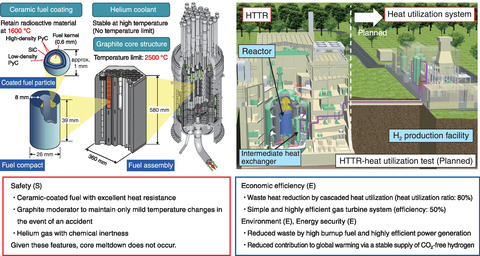
Fig.6-1 Features of the HTGR and plan of the HTTR-heat utilization test
A high temperature gas-cooled reactor (HTGR) is a nuclear reactor with various industrial uses, including high-efficiency power generation and hydrogen production (Fig.6-1). Japan Atomic Energy Agency (JAEA) has been conducting various demonstration tests using the high temperature engineering test reactor (HTTR), developing the hydrogen production technology and gas turbine that utilize high-temperature heat, researching on commercial HTGRs for practical uses, and promoting international cooperation.
In 2004, the HTTR was the only nuclear reactor in the world that can supply high-temperature heat up to 950 ℃. In 2010, the reactor outlet temperature of 950 ℃ was stably supplied in 50 days of continuous operation, demonstrating the HTGR's stable supply of high-temperature heat. The inherent safety feature of the HTGR was also confirmed in a loss-of-forced-cooling test without a reactor scram. Even if the cooling and shutdown functions were not activated in the test, the reactor power dropped to zero, and the decay heat was naturally removed. After the Great East Japan Earthquake in 2011, the HTTR operation was stopped for a long time due to the safety review by the Nuclear Regulation Authority of Japan against the new nuclear regulatory standards established in 2013. In June 2020, the HTTR obtained permission to change the reactor installation, and restarted in July 2021.
In December 2020, the Ministry of Economy, Trade and Industry executed leadership and formulated an industrial policy, called the “Green Growth Strategy Through Achieving Carbon Neutrally in 2050”, in response to the “2050 carbon-neutral and a carbon-free society” declared by Prime Minister Yoshihide Suga in October 2020. In this green growth strategy, the nuclear industry is designated as one of 14 important fields, where future growth is expected. The targets of the nuclear industry are small modular reactors, high temperature gas-cooled reactors, and fusion energy. The future efforts of the HTGR include: (1) utilization of the HTTR, in which the government will support, in addition to international safety demonstration, the necessary technology development for massive and low-cost carbon-free hydrogen production by 2030; (2) government's participation in technology development and demonstration while giving thoughts to safety, economy, supply chain construction, regulatory compliance, and so on and government's creation of overseas joint projects based on the status of preceding overseas projects; and (3) promotion of cooperation with the related organizations of other countries to disseminate Japanese standards through construction, operation.
JAEA is steadily advancing the research and development of the HTGR-related technology with great expectation. The research and development for practical uses include the prediction of the heat flow behavior in the HTGR during normal operation and accidents, nuclear design policy for maintaining the integrity of coated fuel particles, and reduction of excess plutonium (Topics 6-1, 6-2, 6-3). Regarding the development of hydrogen production using the IS process, JAEA is developing the corrosion test for corrosion-resistant metal materials and separation membranes and electrode materials for improving the hydrogen production efficiency (Topics 6-4, 6-5, 6-6). For the technical development related to the HTTR operation, a utility tool has been developed to automatically seek for the critical control rod position during a normal operation (Topic 6-7).